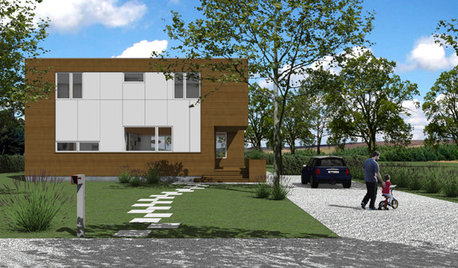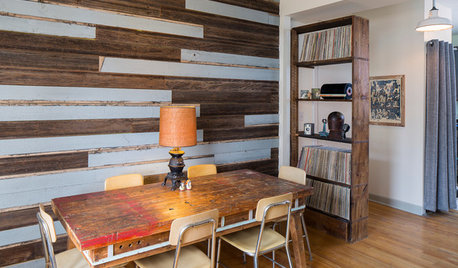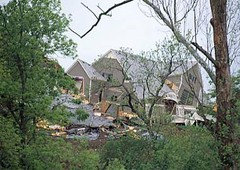Building on a "partial fill" lot
jasb
10 years ago
Featured Answer
Comments (8)
virgilcarter
10 years agoAnnie Deighnaugh
10 years agonightowlrn
10 years agoworthy
10 years agorenovator8
10 years agonightowlrn
10 years agovirgilcarter
10 years ago
Related Stories

HOUZZ TOURS13 Character-Filled Homes Between 1,000 and 1,500 Square Feet
See how homeowners have channeled their creativity into homes that are bright, inviting and one of a kind
Full Story
ARCHITECTURE3 Home Design Solutions to Challenging Building Lots
You don't need to throw in the towel on an irregular homesite; today's designers are finding innovative ways to rise to the challenge
Full Story
MY HOUZZMy Houzz: Memories Fill a Cape Cod Timber-Frame Home
Water views, traditional style and an old-fashioned building technique warm up this New England Shingle-style home
Full Story
MY HOUZZA Light-Filled Artist’s Loft Has Touches of Home
A painter finds the perfect studio space in Seattle’s vibrant Ballard neighborhood
Full Story
HOUZZ TVHouzz TV: Cool Reclaimed Wood Projects Fill a Craftsman’s Home
Using barn wood, beadboard and beams, this homeowner has crafted furnishings and features for his family’s Chicago home
Full Story
HOUZZ TOURSMy Houzz: From Dreary Storeroom to Modern, Light-Filled Home
Tricks with light and space turn a former storage area into a bright and airy-feeling living space for two
Full Story
HOMES AROUND THE WORLDHouzz Tour: A Light-Filled, Calm and Elegant London Home
Vintage treasures and a neutral palette with a sprinkling of color give this family’s house a relaxed but grown-up feel
Full Story
ADDITIONSRoom of the Day: Light-Filled Addition Connects Floors
High ceilings, clever storage features and a beautiful walnut staircase make this London project anything but ordinary
Full Story
HOUZZ TOURSHouzz Tour: Wide-Open Views on a Narrow Canadian Lot
Expansive glass walls facing the street create openness, sun-filled rooms and closer relations with the neighbors
Full Story
MY HOUZZMy Houzz: Leafy, Light-Filled Loft in a Historic Former High School
A creative couple lives among the trees in a converted condo that was once filled with students
Full Story











User